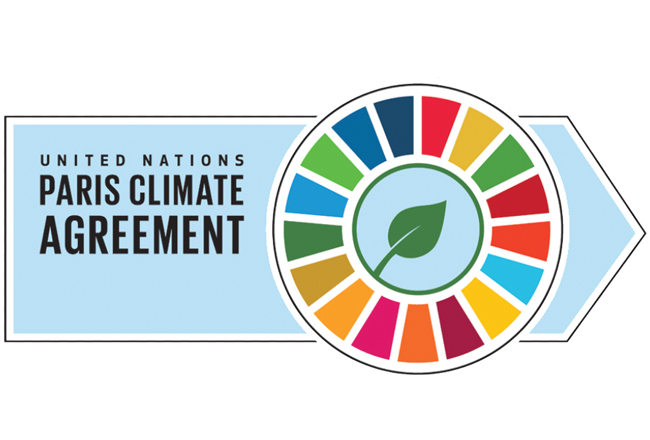“Off-the-charts heat” and You
This blog furnishes information to help people trying to protect themselves from harmful effects of climate change. To that end, one of our projects is constructing online U.S. maps projecting future heat and humidity conditions, differentiated by geographic areas. Relevant work has been done, with recent material published online by NATIONAL GEOGRAPHIC in a July 16, 2019, article by Stephen Leahy. That article’s title summarizes its content: “‘Off-the-charts’ heat to affect millions in U.S. in coming decades” subtitled “Within 60 years, hot days in U.S.could be so intense that the current heat index can’t measure them.”
The article estimates that dangerous “heat index” days, defined as combined temperature and humidity measurements, which areas of the contiguous U.S. will experience per year by 2050. It puts numbers on dangerous heat days different locales may endure. For instance, it projects that by 2050 areas in the U.S. Southeast and Southern Great Plains will experience three months per year that “feel like” 105 degrees F “or worse.” It predicts, for instance, that Dallas, Texas, will have 137 days of unhealthy heat annually by 2050, far more than Seattle’s 9 days. Anyone choosing between those cities can use the map to factor in Seattle’s prospective heat-danger advantage.
Leahy’s heat projections may be conservative because we add to our risks through unexpected actions against natural systems. Today’s New York Times has a front-page headline “Destruction of Amazon Rain Forest Accelerates: Brazil’s New President Weakens Protections.” The article details that Brazilian President Jair Bolsonaro, who took office early in 2019, has encouraged more rapid destruction of rain forest for commercial purposes, and more than 1,300 square miles have been lost since he took power. How does that affect the U.S.? Deforestation of the Amazon rain forest, sometimes called “the Earth’s lungs,” turns tropical land from being large absorbers of carbon dioxide into speedier emitters of that greenhouse gas, and thus ups Earth’s fever, which affects all of us.
It may get even worse than projected so long as there is no world political and military authority stopping individuals, corporations, and nations from destroying Earth’s life-support systems. All follow their own specific interests. Brazil’s political changes, which led to speeding up killing its rain forest, is one example of narrow self interest pushing us all towards collective suicide.
We should look at the maps and consider shelter as we can.



